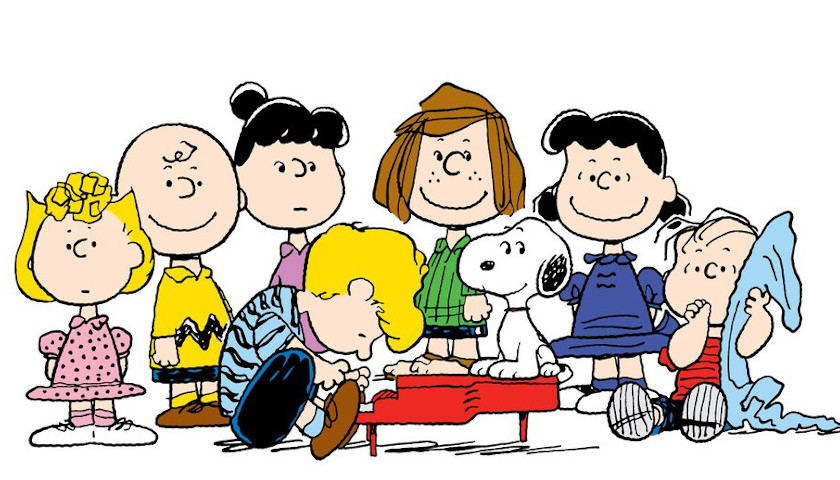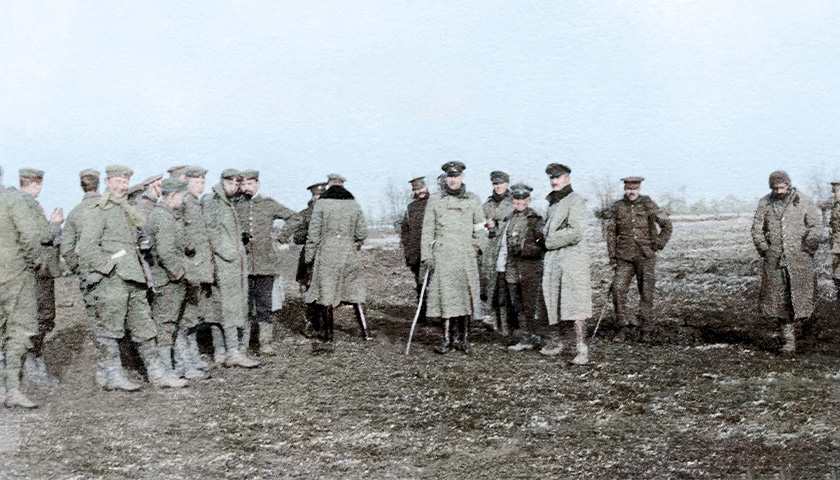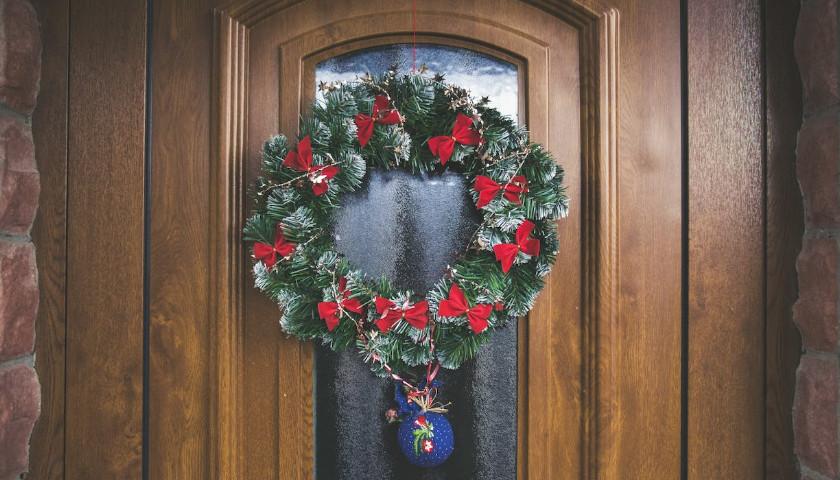by Cheri Yecke
Parents and children across America breathed a sigh of relief when it was announced that “A Charlie Brown Christmas” would air on public television after all. This classic favorite seemed ready to disappear like everything else in 2020 when Apple TV obtained the rights and planned to air the program on its streaming service, instead of broadcast TV as has been done since 1965.
This holiday tradition began when a television producer approached cartoonist Charles Schulz with a general idea regarding an animated special featuring the Peanuts gang. Having seen the commercialization of the Christmas holiday, Schulz decided to focus his project on the true meaning of Christmas as told in Luke 2. When asked why, he responded: “If we don’t do it, who will?”
What was it that drove him to relentlessly invest his time and talents in this project? Perhaps he was compelled by the events he saw unfolding on the national stage regarding religion in school.
School prayer was once promoted to encourage the development of good character and citizenship. In 1951 the New York State Board of Regents approved a nondenominational prayer to be voluntarily recited at the beginning of each school day. It read: “Almighty God, we acknowledge our dependence upon Thee, and we beg Thy blessings upon us, our parents, our teachers and our Country.”
After almost a decade of reciting this prayer daily without controversy, some parents suddenly found it objectionable, claiming it violated the First Amendment’s Establishment Clause by establishing a state-imposed religion. This claim was rejected by the New York Supreme Court and two appeals courts, finally making its way to the U.S. Supreme Court in the 1962 case Engel v. Vitale.
The Engel v. Vitale decision held that the lower three courts had been wrong: the prayer did indeed violate the Establishment Clause. The majority did not cite a single Supreme Court case in its opinion (except in a footnote), overturning more than 200 years of public-school practice.
The dissent argued that the Establishment Clause was designed not to prohibit government involvement with religion, but to prohibit the establishment of a state-sponsored church. The majority decision, the dissent declared,denied schoolchildren “the opportunity of sharing in the spiritual heritage of our Nation,” noting numerous instances of religion in the public square, such as “In God We Trust” on our money, “God Save This Honorable Court” at the opening of Supreme Court sessions, and prayers in Congress.
Engel v. Vitalecreated a domino effect and soon Bible reading and the Lord’s prayer were taboo in schools as well. It was against this backdrop that Charles Schultz wrote “A Charlie Brown Christmas.”
It sometimes takes time for the cultural changes wrought by the Supreme Court to trickle down to actual practice. The beliefs of public-school administrators in National Association of Secondary Schools Principals (NASSP) polls give us a small glimpse of the effects. Middle and high school administrators named the development of “moral and spiritual values” as the second most important task of public schools in 1966. By 1992 it ranked last.
Thus, in our recent past, school officials recognized the importance of instilling common values and a common heritage. So, apparently, did the entertainment industry, for in 1966 “A Charlie Brown Christmas” received the Emmy for Outstanding Children’s Program.
This came despite the fact that the climax of Schulz’s Christmas program showsLinus reciting Luke 2:8-14. Coming to the phrase “Fear not,” he drops his blanket, a poignant symbol of reliance on God. Casting away his dependence, he shows that his true security is in faith, not in material things.
In these secular times, Linus’s recitation in “A Charlie Brown Christmas” might be the only way some children will learn the true meaning of Christmas:
And there were in the same country shepherds abiding in the field, keeping watch over their flock by night. And, lo, the angel of the Lord came upon them, and the glory of the Lord shone round about them: and they were sore afraid. And the angel said unto them, ‘Fear not: for, behold, I bring you good tidings of great joy, which shall be to all people. For unto you is born this day in the city of David a Savior, which is Christ the Lord. And this shall be a sign unto you; Ye shall find the babe wrapped in swaddling clothes, lying in a manger.’ And suddenly there was with the angel a multitude of the heavenly host praising God, and saying, ‘Glory to God in the highest, and on earth peace, good will toward men.
Linus concludes by saying, “That’s what Christmas is all about, Charlie Brown.”
Most Americans do not realize that Linus’ recitation of the nativity narrative takes place on a public-school stage, and likewise do not recall a time when prayer, Christmas pageants, and Bible readings were allowed in public schools. It’s time we remind them.
“If we don’t do it, who will?”
– – –
Cheri Pierson Yecke is a retired professor of history and political science and served as the Commissioner of Education under Minnesota Governor Tim Pawlenty.






Very interesting observation – we now have to rely on Linus to present Bible verses to our children. The United States was founded on Christian principles. Somehow , over the years , it has come to pass that anybody with a religion , or no
religion , gets to dictate everybody’s lives. Maybe we will get fed up enough to do something about it before it is too late.